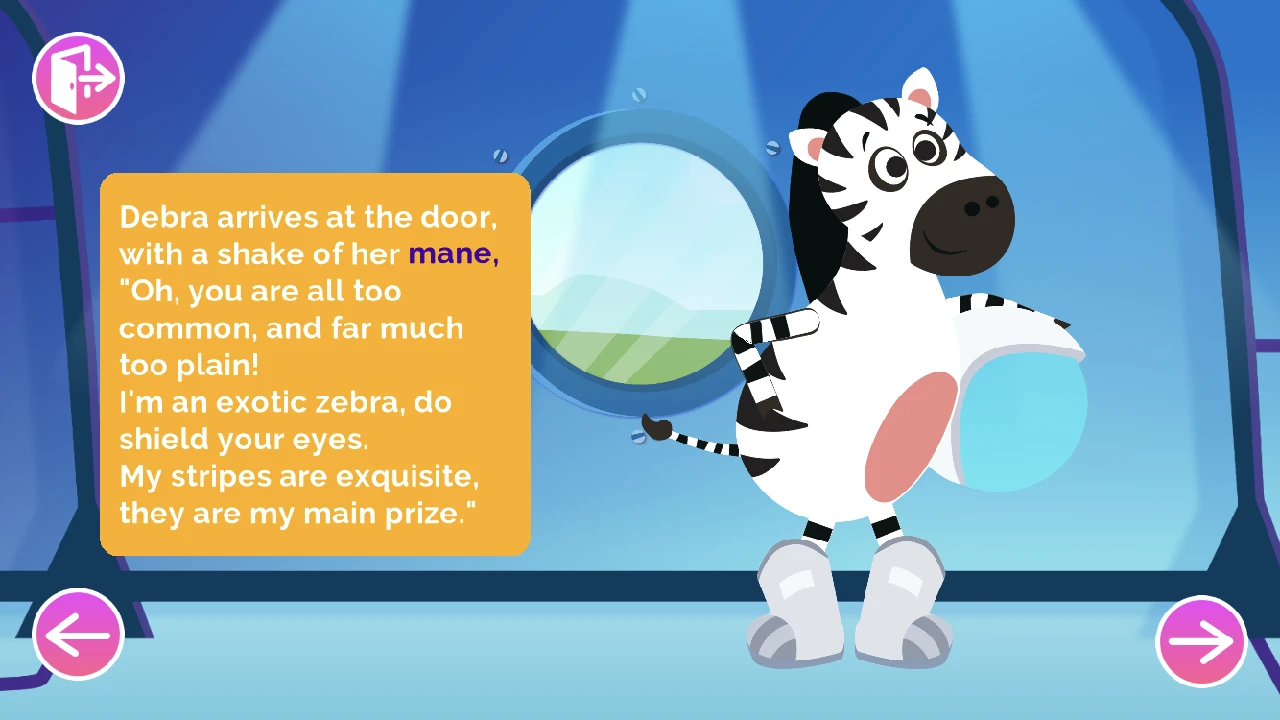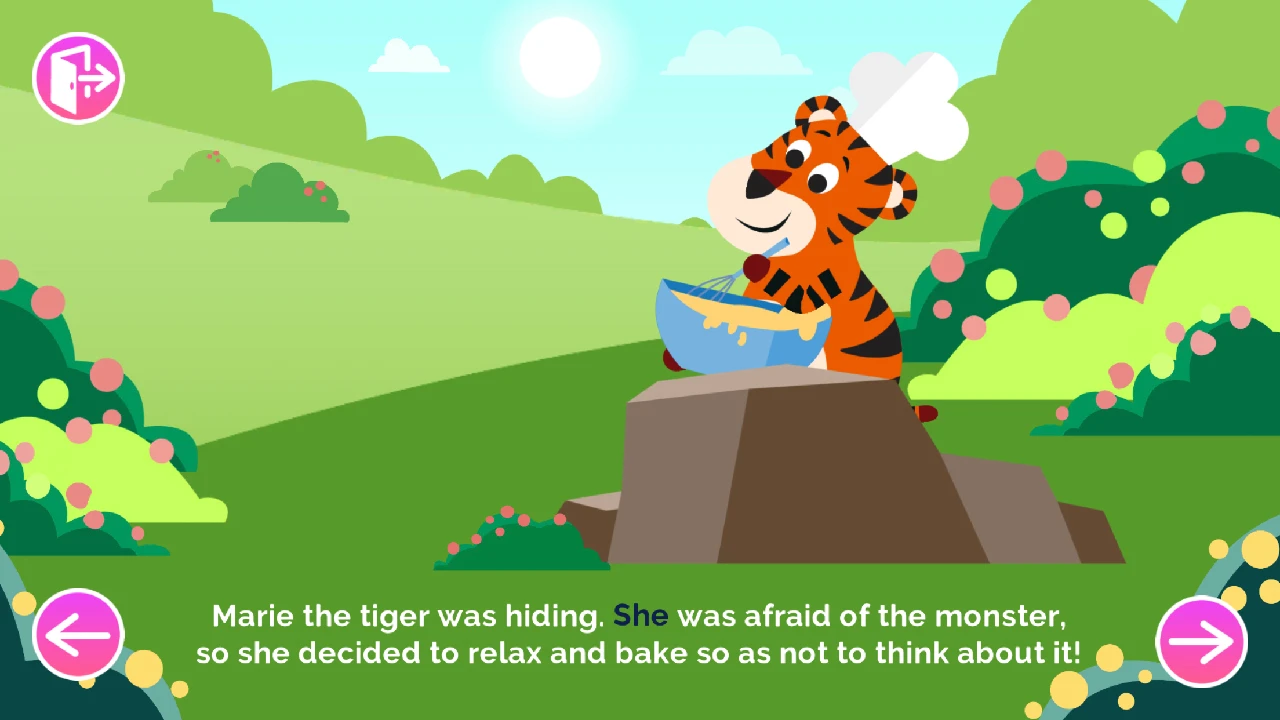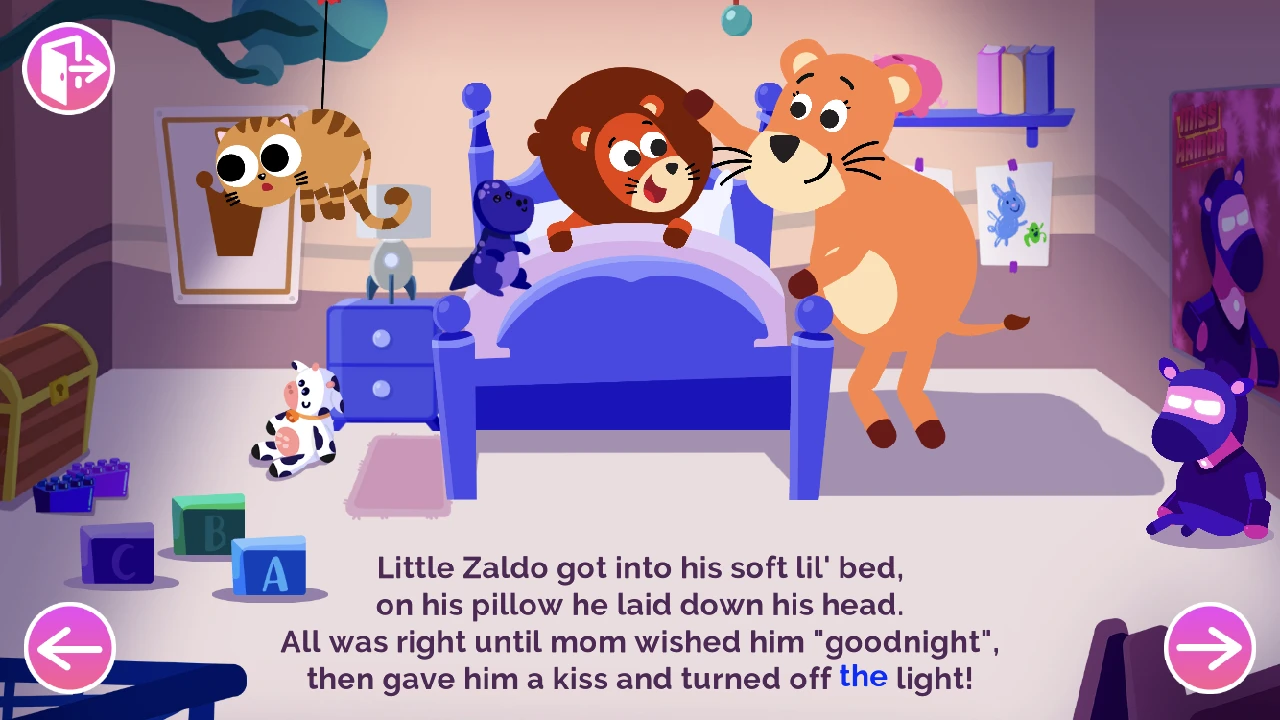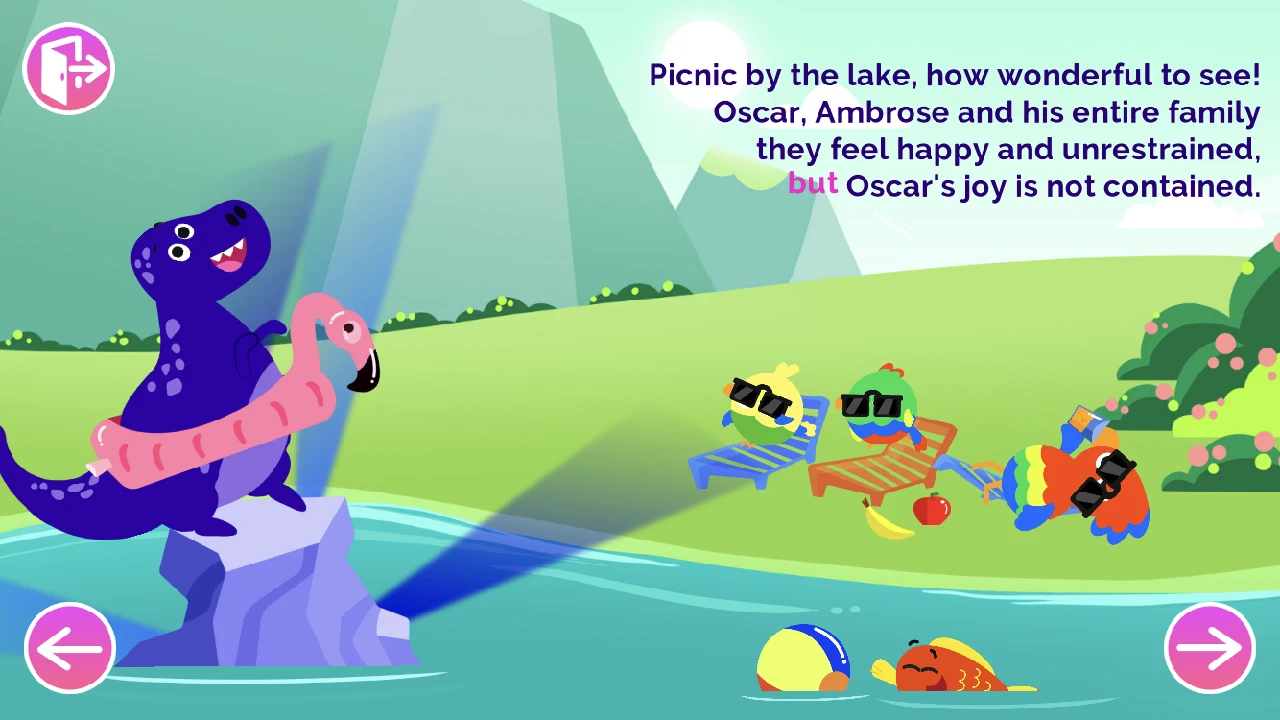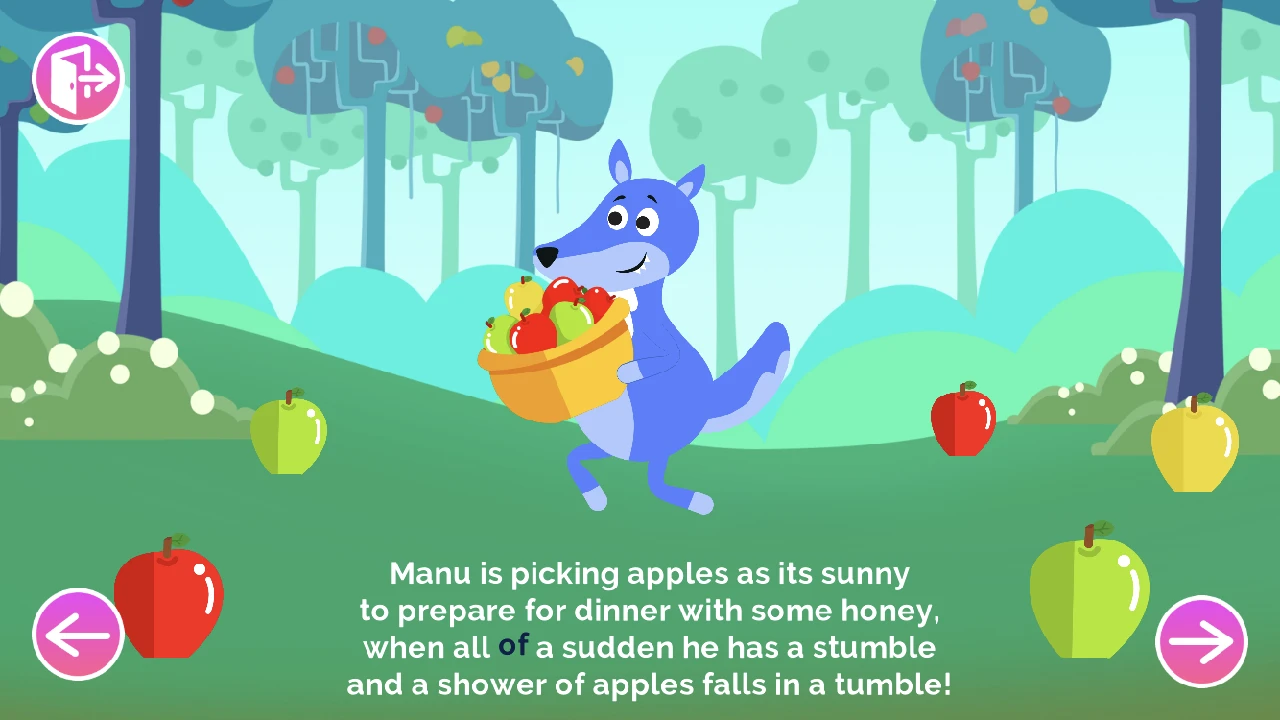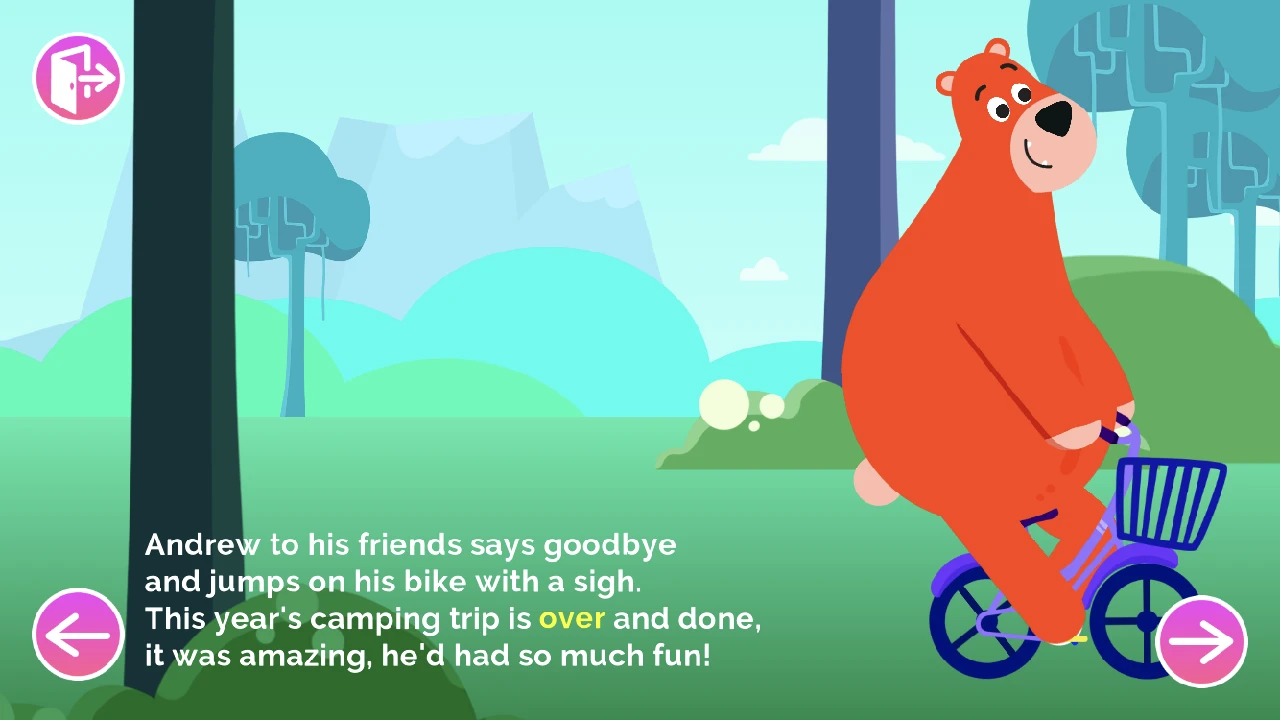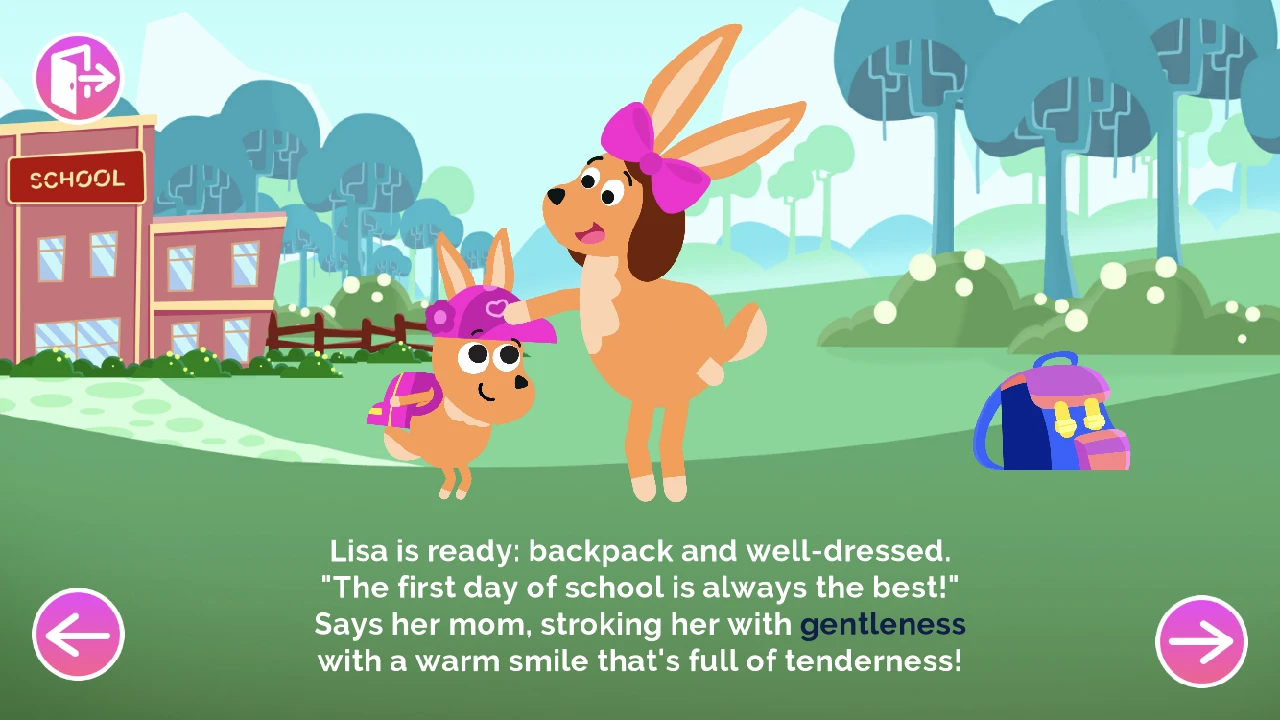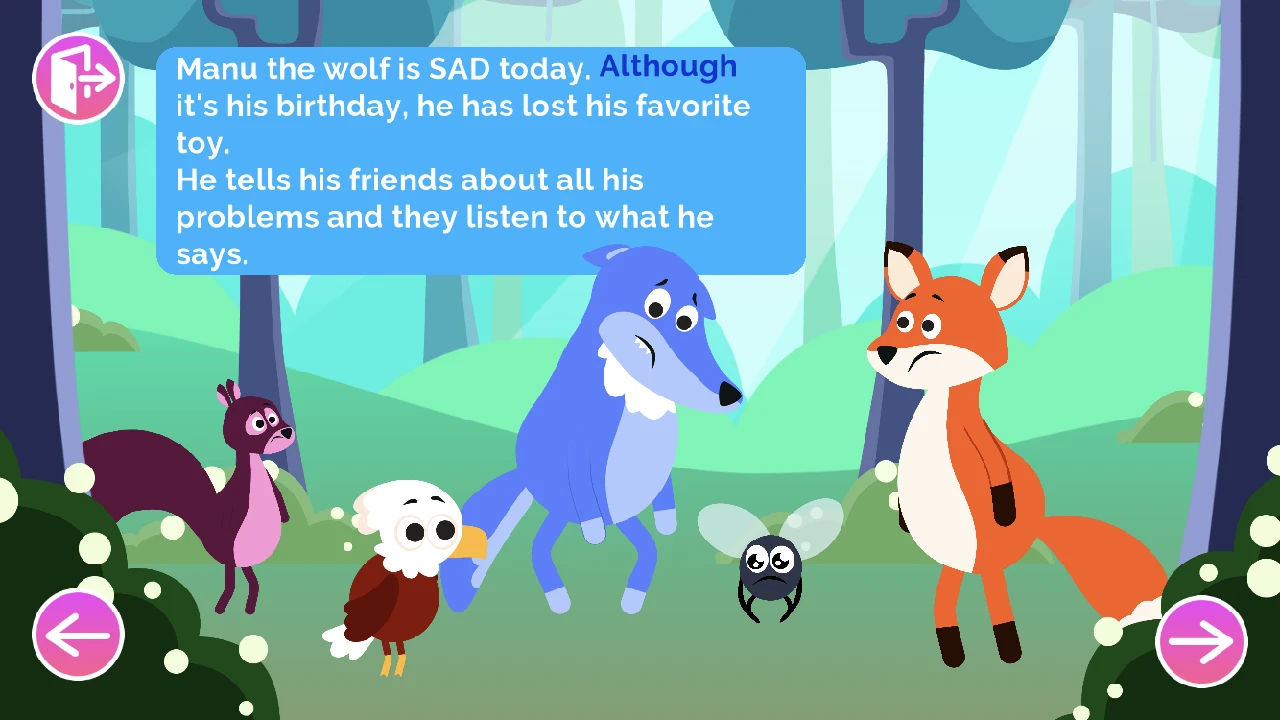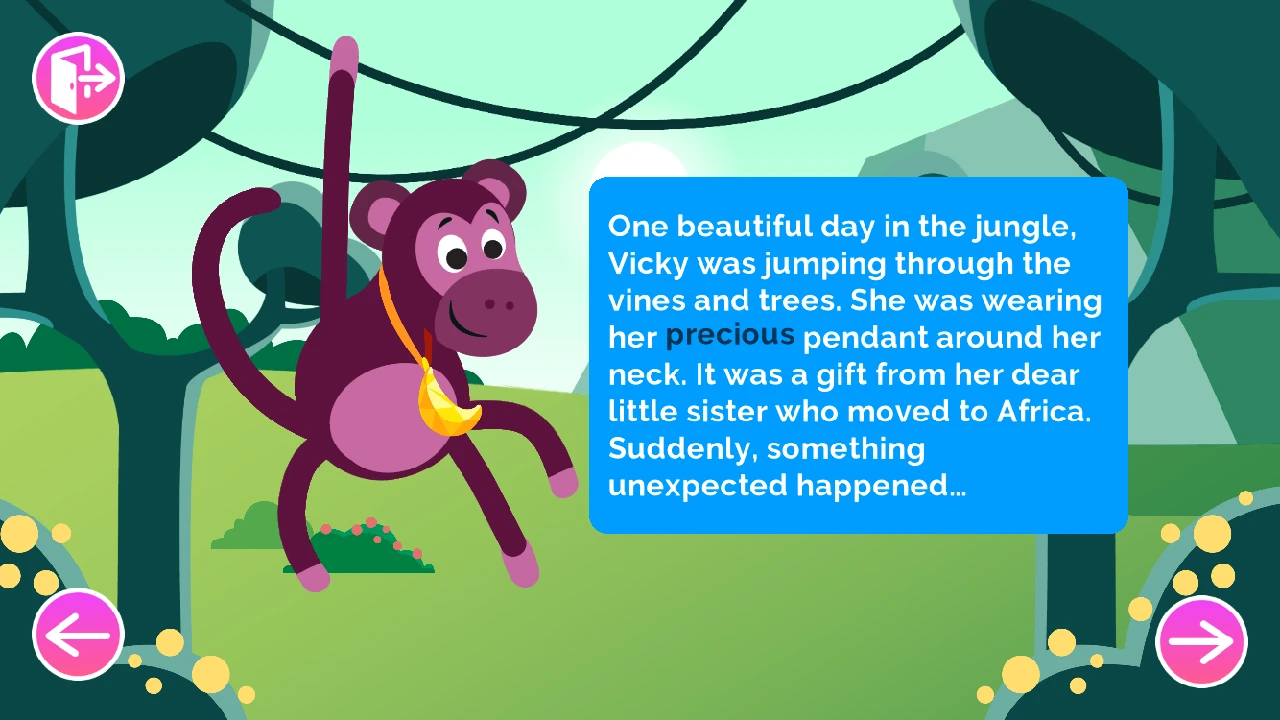Emotions play a crucial role in the development and well-being of children. They provide a window into their inner world and help them navigate social interactions and relationships. As parents and educators, it’s essential to understand the emotional experiences of children and support them in developing emotional intelligence. In this article, we will explore the six basic emotions for kids, the age at which children begin to feel emotions, emotions that are easy for kids to learn, and the importance of understanding emotions.
Children experience a range of emotions, but there are six primary emotions that form the foundation of their emotional landscape:
Emotional development begins early in a child’s life. Babies are born with the capacity to experience basic emotions like joy, sadness, and anger. However, their ability to express and regulate these emotions develops gradually over time. By the age of 2, children start to recognize and label basic emotions in themselves and others. Throughout early childhood, their emotional vocabulary expands, and they become more adept at understanding and managing their feelings.
Engaging children in understanding and managing their emotions can be both fun and educational. Smart Tales offers a variety of resources and activities that can assist parents and teachers in teaching children about emotions:
Stories are a powerful tool for emotional education. Smart Tales’ intriguing plots and captivating characters are designed to engage children and invite them to explore a variety of emotions in a safe and engaging way. In each story, children can identify with the characters and understand the emotions they are experiencing, thus learning to recognize and manage their own feelings.
In the vast array of interactive and educational games within the Smart Tales app, your child or student can embark on an exciting journey of exploring and understanding emotions. Through engaging gameplay and interactive activities, children can learn to identify different emotions, express their feelings, and develop emotional intelligence in a playful and enjoyable way.
Through the carefully designed and curated educational worksheets of Smart Tales, your child or student can reinforce their understanding of emotions. These printable worksheets offer various exercises and prompts to help children identify and express their emotions, develop empathy, and learn healthy ways of coping with different feelings. Utilize these worksheets as valuable tools for nurturing emotional intelligence.
Understanding emotions is a vital skill for children to develop, as it empowers them to navigate the complexities of their inner world and build meaningful connections with others. By exploring the six basic emotions, recognizing the age at which children begin to feel emotions, and utilizing resources like Smart Tales stories, games, and educational worksheets, parents and teachers can play an essential role in fostering emotional intelligence in children. Let’s embark on this journey together and create a nurturing environment where children can thrive emotionally.
